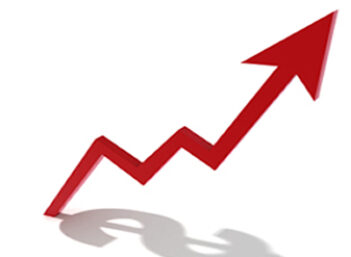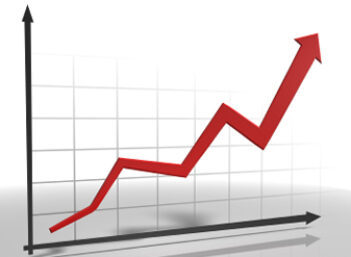What is Backspread?
A backspread is a trading strategy whereby the investor buys a set of options with one strike price and sells a similar set of options with a lower strike price.
How Does Backspread Work?
For example, John Doe wants to adopt a backspread strategy for some Company XYZ calls. Each call contract provides the right but not the obligation to buy 100 shares of Company XYZ at a specified price by a specified date.
John buys five December calls at $25, which means he purchases the right but not the obligation to purchase 500 shares of Company XYZ at $25 per share by December 31. The call premium is $50 per call, or $250 total.
Next, John writes three December calls at $20, which means he sells someone else the right but not the obligation to purchase 300 shares of Company XYZ at $20 per share by December 31. The call premium is $30 per share, or $90 total.
Now let’s assume that Company XYZ shares rise from, say, $10 per share to $22 per share. John does not exercise the five calls he purchased (because they are out of the money), but his call buyer does exercise her three calls (because hers are in the money). In this scenario, John loses money because he must purchase 300 shares of Company XYZ stock at the market price of $22 per share and then sell them for only $20 per share.
However, if Company XYZ shares rise to, say $38 per share, things are different. The person to whom John sold his calls still exercises the three calls, which means John must buy 300 shares at the market price of $38 and sell them at $22, which generates a loss. He doesn’t really need to pay $38 for those shares, though, because he exercises his own options and thus purchases the shares at $25 instead. Here’s how the math works out if Company XYZ runs up to $38 as John expects:
Current market price: $38
Exercise five calls:
Buy 500 shares @ $25 = ($12,500)
Sell 300 shares @ $22 = $6,600
Sell remaining 200 shares at market price of $38 = $7,600
Premium from selling three options = $90
Premium paid for buying five options = ($250)
Net profit: $1,540
Note that once the stock price rises above a certain point (in our example, somewhere above $22 per share), the profits become unlimited. In addition, if John is wrong and the stock price falls below $22 per share, then nobody exercises anything and John is only out the net option premiums ($250 paid - $90 received = $160). note too, that commissions and other trading costs are not part of this example but are definitely part of real-world results.
Why Does Backspread Matter?
Investors use call backspreads when they’re feeling very sure that a security’s price is going to rise. Essentially, the investor is shorting in-the-money calls and buying out-of-the-money calls. This may mean looking for stocks that are very volatile (that is, they have high betas), which means taking on risk.
Call backspreads aren’t the only form of backspreads, however. Investors can use put backspreads when they’re feeling very sure that a security’s price is going to go down, and they can also apply the strategy to ETF, index, and futures options.



